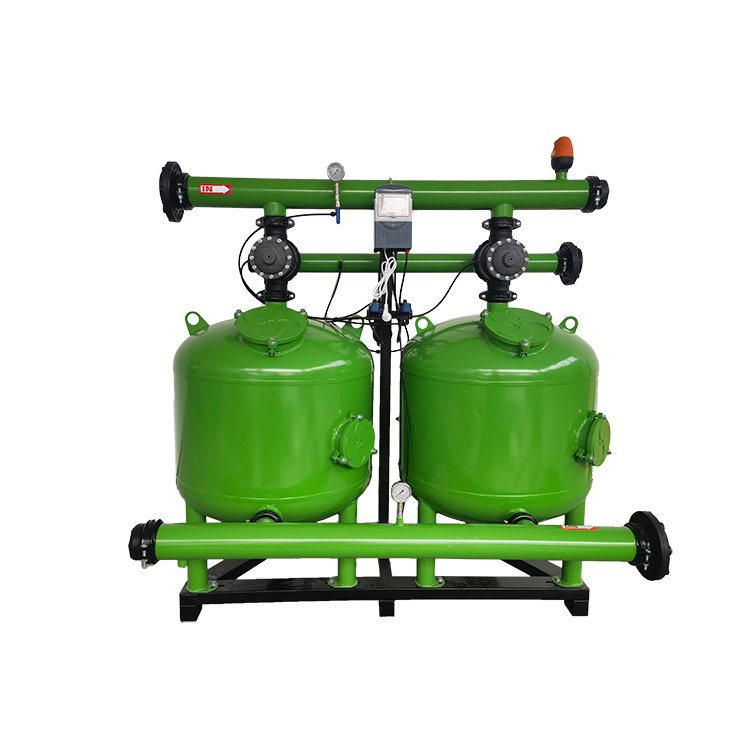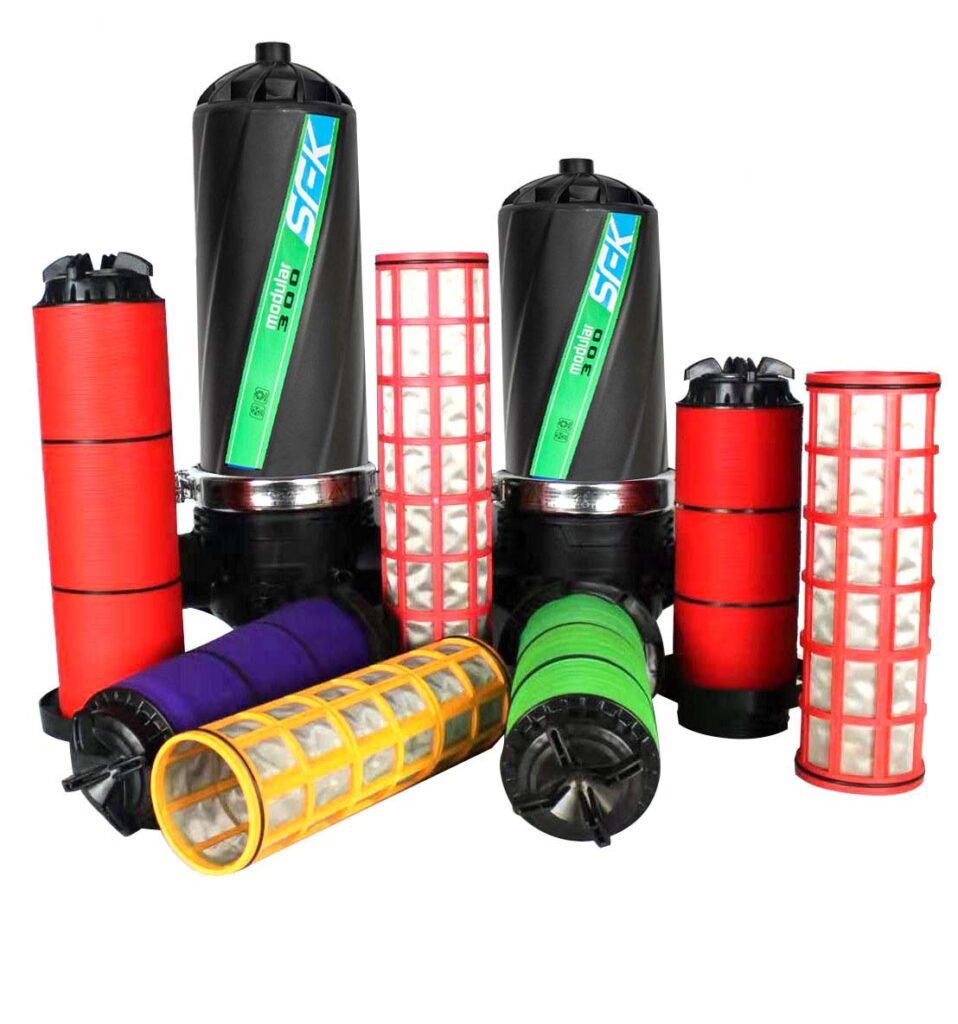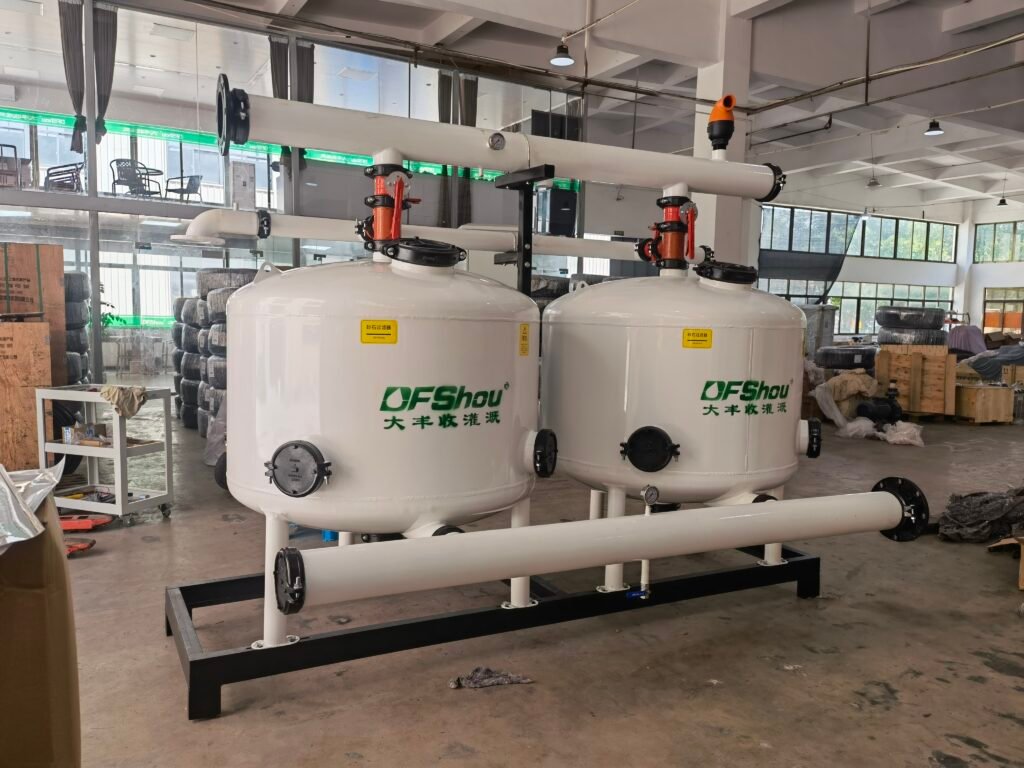Manual cleaning:
- Adjust the opening degree of the first main valve to obtain sufficient backwash pressure; Then slowly open the backwash control valve and the backwash flow control valve on the sewage pipe, check the water flow, and when the filter is found to be washed out, immediately lock the backwash flow control valve in this position and do not move; (This manual rinsing process is suitable for sand media filters);

2. Wrench the handle, relax the screw, disassemble the gland, remove the filter element, brush the disc filter element with a brush, scrub the dirt on the screen, and rinse with clean water; (This manual flushing process is suitable for screens and laminated water filters).

Automatic cleaning:
This filter is equipped with a flushing sewage valve, when the difference between the upper and lower pressure gauges of the filter exceeds a certain limit (usually 3 ~ 5m), it means that the dirt accumulated on the filter network has affected the normal operation of the filter and needs to be rinsed. At this time, open the flushing sewage valve, rinse for 20~30 s and close it, and then resume normal operation;
(Note that when washing automatically, the laminate of the laminated filter must be loose by itself, if the laminate is glued together, it is not easy to rinse thoroughly, and it needs to be rinsed many times).
Automatic flushing:
Equipped with an adjustable microcomputer controller, it solves the drawbacks of backwash filter equipment that need to be stopped, rinsing efficiency is low and easy to clog. It can work continuously, the pressure is stable, and the irrigation quality is high. At the end of irrigation, the filter element of the filter should be removed, washed, and dried for use.


